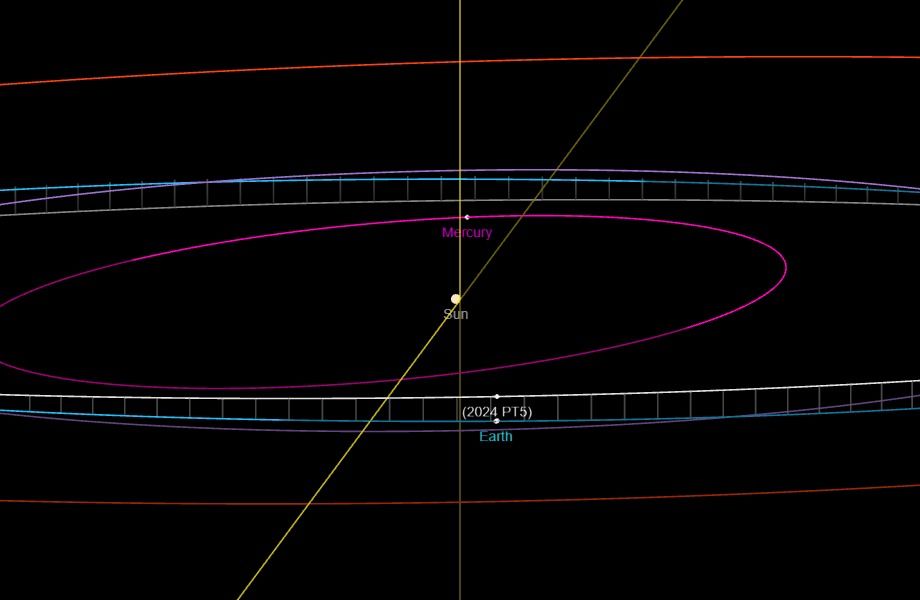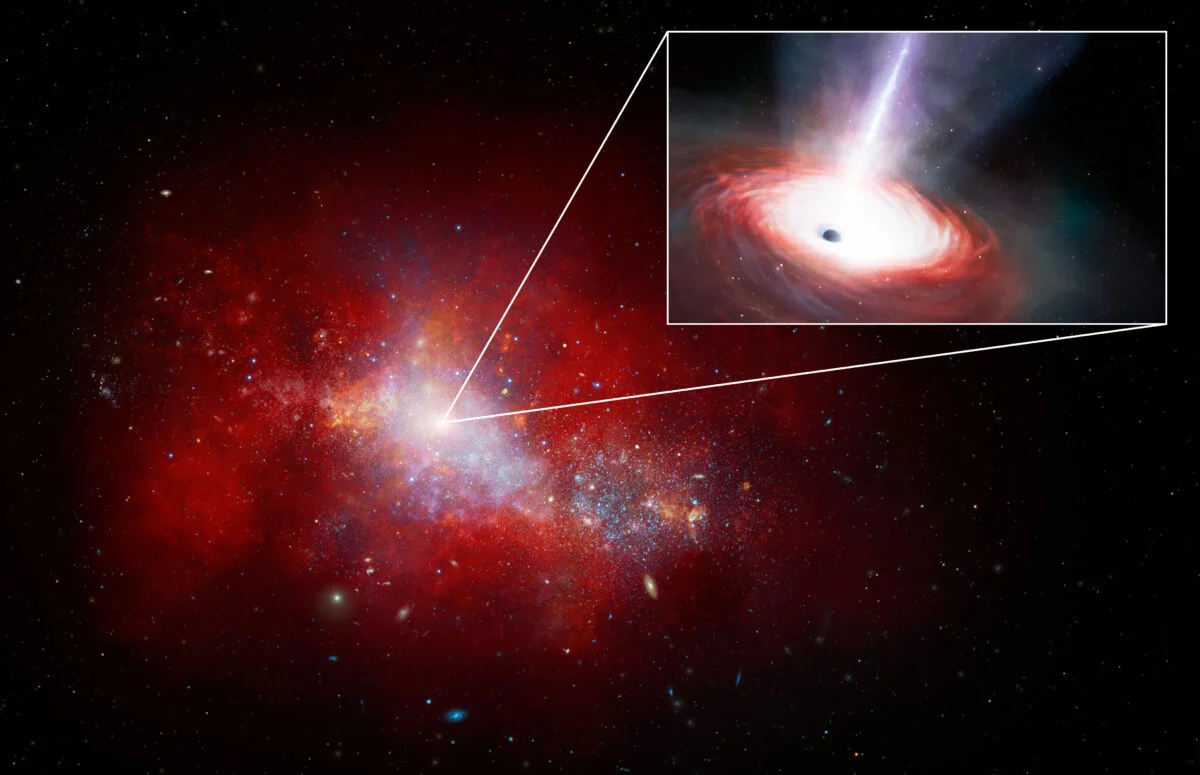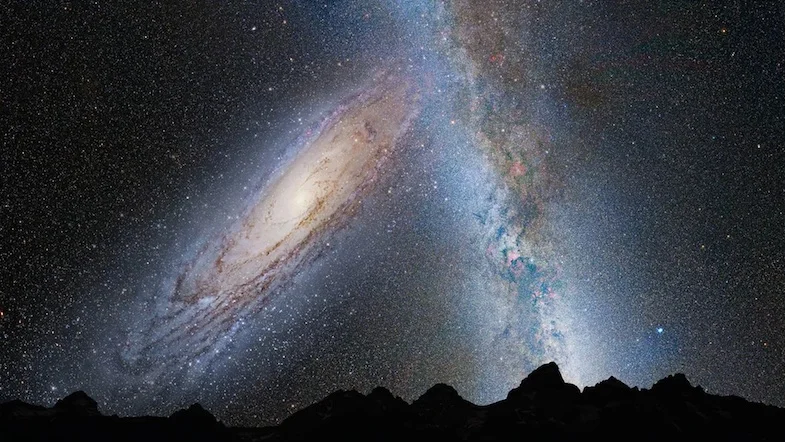
Earth Temporarily Captures a ‘Second Moon,’ Scientists Confirm
- Research
- May 6, 2024
- 1200
On Sunday, September 29, Earth momentarily captured a “second moon,” according to NASA scientists. This “mini-moon,” identified as asteroid 2024 PT5, typically orbits the Sun as part of a small asteroid belt that trails Earth.
Unlike Earth’s long-term lunar companion, which has orbited our planet for over 4 billion years, asteroid 2024 PT5 will only stay for a brief visit, leaving before the end of the year.
Professor Carlos de la Fuente Marcos, a mini-moon expert from Universidad Complutense de Madrid, shared details about this event: “Based on NASA’s Jet Propulsion Laboratory Horizons system, the temporary capture began at 3:54 p.m. EDT (7:54 p.m. UTC) on September 29 and will conclude at 11:43 a.m. EDT (3:43 p.m. UTC) on November 25.”
What Is Asteroid 2024 PT5?
Asteroid 2024 PT5 originates from the Arjuna asteroid belt, a collection of space rocks with orbits that closely resemble Earth’s, averaging about 93 million miles (150 million kilometers) from the Sun.
“Arjuna asteroids are part of the near-Earth object population. Some of them can approach Earth as close as 2.8 million miles (4.5 million kilometers) at relatively low velocities—less than 2,200 miles per hour (3,540 km/h),” Marcos explained.
Unlike a true satellite, 2024 PT5 will not complete a full orbit around Earth. Marcos compared the difference: “If a satellite is like a customer shopping inside a store, asteroids like 2024 PT5 are more like window shoppers.”
Not the First Mini-Moon
This isn’t the first time Earth has temporarily “adopted” an asteroid. Scientists have documented several short-term captures, typically lasting about a week, and a few longer events like this one. These events occur several times per decade.
Why You Can’t See It
Although 2024 PT5 is technically a mini-moon, it pales in comparison to our actual Moon. While Earth’s Moon spans 2,159 miles (3,475 km) in diameter, asteroid 2024 PT5 is just 37 feet (11 meters) wide, making it over 300,000 times smaller.
This size difference means 2024 PT5 won’t be visible to the naked eye or through typical amateur telescopes. However, professional astronomers might capture images using high-powered telescopes. “A telescope with at least a 30-inch diameter and a CCD or CMOS detector will be required to observe this object,” Marcos noted.
Although this mini-moon is fleeting, events like these provide valuable opportunities for scientists to study near-Earth asteroids and their interactions with our planet.



